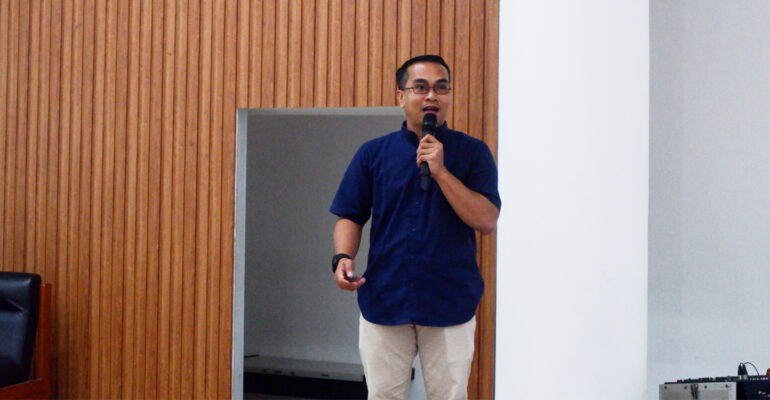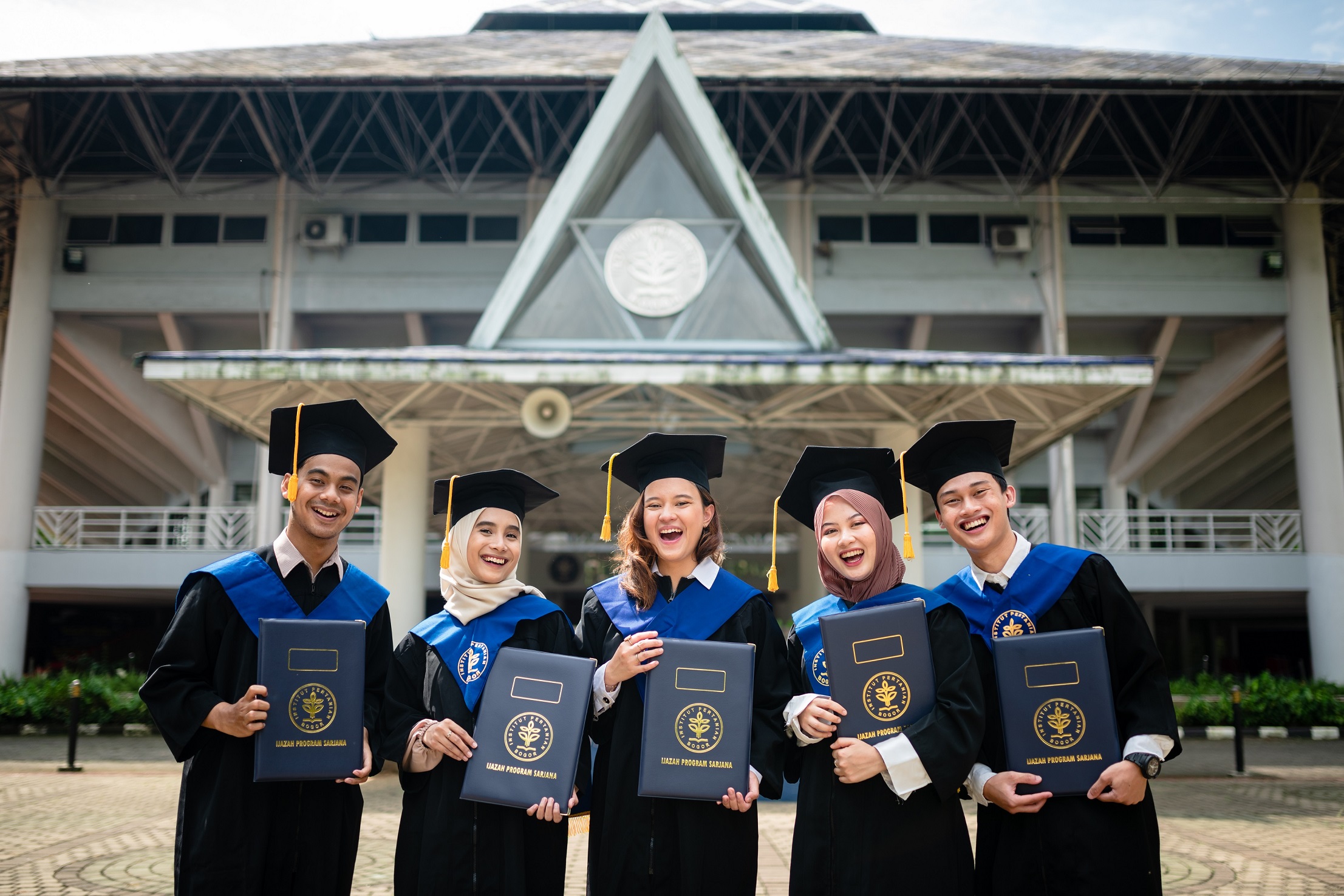BDP IPB University Visiting Lecture Workshop Discusses Genetic Intervention to Improve the Quality of Seed Production in Aquaculture

The Visiting Lecture program held by the Department of Aquaculture (BDP) IPB University was held again on Thursday (12/12). On the third day, the workshop discussion was more focused on the aspect of good quality seed production in aquaculture.
Speakers from various backgrounds, including researchers, academics and practitioners in the field of aquaculture filled the workshop session this time. Prof Alimuddin, a fish genetics expert and lecturer at the BDP Department of IPB University, discussed genetic intervention as an effort to improve the quality of seed production.
In his presentation, Prof Alimuddin explained the ways of genetic intervention that have been applied in aquaculture. These methods are selective breeding, fish hybridization process (efforts to mate fish between strains in one species), and chromosome set engineering to produce sterile fish.
“In Indonesia, in the field of aquaculture, conventional methods have been tried in fish breeding efforts, such as individual and family selection, hybridization, and chromosome set engineering,” he said. He continued, modern methods that are being and will be pursued are DNA marker-based selection and genome set editing.
Meanwhile, Dr Parisa Norouzitallab from the Swedish University of Agricultural Sciences discussed epigenetic intervention in seed production in aquaculture.
Dr Parisa said that epigenetic intervention in aquaculture is important. “Climate change encourages researchers to be able to improve the ability of fish to adapt to fish stress levels,” she explained.
In addition, she continued, epigenetics is also able to increase the ability of the male parent (sperm cell) to fertilize the female parent (egg cell). “Epigenetic intervention can increase the maturation of male sperm in the process of fish seed production,” she continued.
Then Muhammad Fuadi, MSi from PT Suri Tani Pemuka discussed the topic of challenges and obstacles in producing seeds.
In his explanation, Fuadi explained four points that need to be considered in the production of shrimp commodity seeds. “Determination of the infrastructure used, the use of natural parents and feed that have been resolved from contaminants, production processes that pay attention to biosecurity and good operations, and external aspects such as collaboration with agencies to support the development of hatchery research in aquaculture need to be considered,” he said.
In addition, he emphasized points that become challenges in seed production, such as parent management, the use of good feed and feed additives, water quality management, and pathogen control and biosecurity in production.
“Good biosecurity will maximize production yields, reduce risks in production, optimize health, and control pathogens. This allows consistency to be maintained during production,” he continued.
On this occasion, Dr Parisa also described some of the research results and epigenetic methods that she and her team had conducted. This provoked an interesting discourse between academics, researchers, and practitioners in an effort to improve seed production in aquaculture. (*/Nr) (IAAS/Aly)



